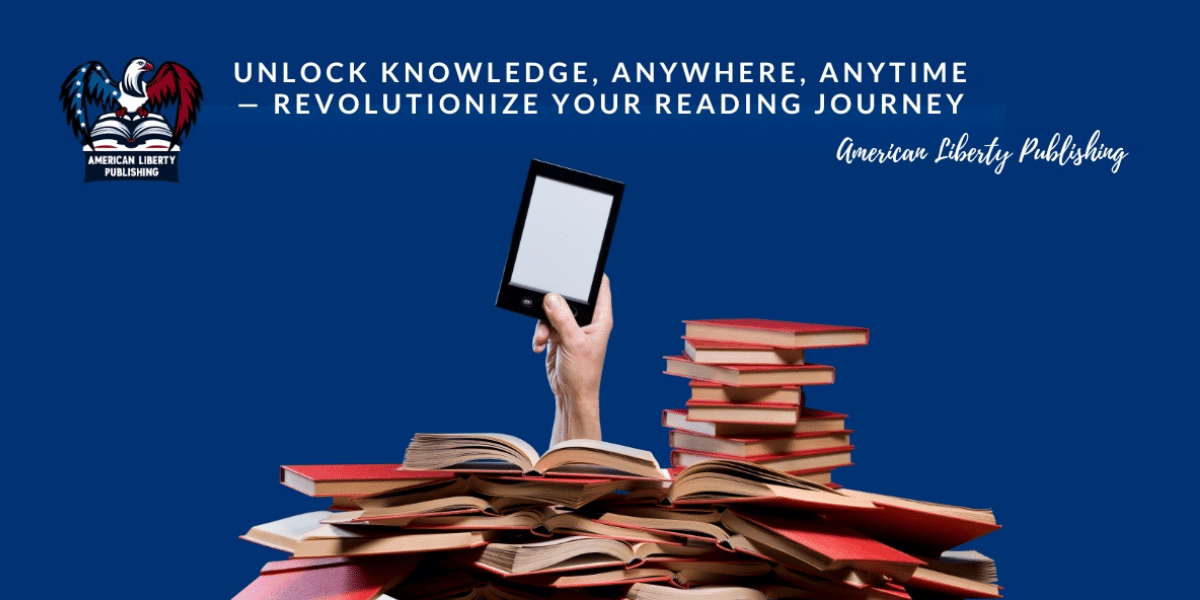Sure, some folks seem to be born with a natural knack for sight-reading, but trust me, it’s a skill that anyone can develop. Think of it like learning a new language – with practice and patience, you’ll be deciphering those musical notes like a pro.
But here’s the best part: sight-reading isn’t just about showing off your skills (although that’s always a fun perk). It’s a superpower that opens up a whole new world of musical possibilities. Imagine being able to play any piece of music that catches your eye, joining jam sessions on the fly, and effortlessly accompanying other musicians. The possibilities are endless! As they say, “The beautiful thing about learning is that no one can take it away from you,” and sight-reading is a skill that will stay with you for life.
What’s the Big Deal About Sight-Reading, Anyway?
Imagine being able to pick up any piece of sheet music and play it on the spot, without stumbling or fumbling through the notes. That’s the power of sight-reading. It’s like having a secret decoder ring for music, allowing you to instantly understand and interpret the composer’s intentions.
But sight-reading isn’t just about showing off your skills at a party (although that’s always a plus). It’s a crucial skill for musicians of all levels, whether you’re a beginner just starting out or a seasoned pro performing in an orchestra. “Sight-reading is the single most valuable skill a musician can possess,” and it’s not hard to see why.
The Benefits of Sight-Reading: More Than Just Impressing Your Friends
Sure, sight-reading can make you the life of the party, effortlessly jamming with friends or wowing an audience with your impromptu performance. But the perks of this skill go far beyond just being the coolest cat in the room.
Imagine this: you walk into an audition or rehearsal, sheet music in hand, and instead of breaking into a cold sweat, you feel a surge of confidence. That’s because sight-reading is like building a musical muscle, and the stronger it gets, the more you’ll trust your abilities. You’ll be tackling those tricky passages and complex rhythms like a champ, no sweat.
But wait, there’s more! Sight-reading isn’t just about conquering your fears; it’s about expanding your horizons. It’s like having a key to a secret musical library, where you can unlock countless pieces from different genres and eras. Whether you’re into classical, jazz, pop, or anything in between, sight-reading gives you the freedom to explore and discover new sounds that resonate with your soul.
And the benefits don’t stop there. Sight-reading is like a brain workout for musicians, sharpening your understanding of music theory, rhythm, and melody. It’s like a musical puzzle that challenges you to think on your feet, making you a more well-rounded and versatile musician.
Think of sight-reading as the ultimate performance enhancer. Regular practice helps you develop a smoother, more expressive playing style, allowing the music to flow effortlessly from your fingertips. You’ll be able to react to the nuances of a piece in real time, adding your own personal flair and captivating your audience.
But perhaps the most exciting benefit of sight-reading is the doors it can open for you. Imagine joining a band, playing in an orchestra, or accompanying a choir, all because of your ability to read music at first sight. Sight-reading can turn you into a sought-after musician, opening up a world of opportunities you never thought possible.
Leveling Up Your Sight-Reading Skills: Tips and Tricks
Ready to become a sight-reading superstar? Here are a few tips to get you started:
- Practice regularly: Like any skill, sight-reading requires practice. Set aside a few minutes each day to sight-read new pieces of music. Start with simple pieces and gradually work your way up to more challenging ones.
- Break it down: Don’t try to tackle an entire piece at once. Instead, break it down into smaller sections and practice each section separately before putting them all together.
- Look for patterns: Music is full of patterns, such as scales, chords, and rhythmic motifs. Recognizing these patterns can help you anticipate what’s coming next and read the music more fluently.
- Use a metronome: Playing with a metronome can help you develop a sense of rhythm and timing, which is essential for sight-reading.
- Don’t be afraid to make mistakes: Everyone makes mistakes when sight-reading. The key is to keep going and not get discouraged. “There are no mistakes, only opportunities,” so learn from your errors and keep practicing.






